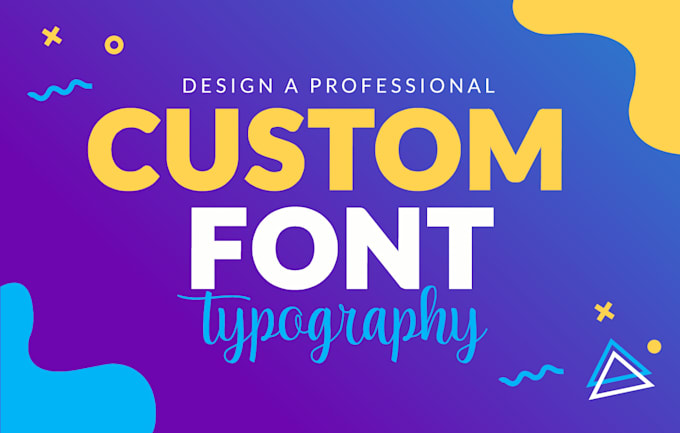Step 1: Define Your Brand Identity
- Brand personality: Decide whether the brand is formal, playful, modern, or traditional.
- Know your audience: Consider what the target audience likes and expects.
- Collect inspiration: Browse a set of fonts that have a visual style that is similar to your brand
Step 2: Select Font Characteristics
- Type of font: serif, sans-serif, script, or display; consider which type suits your brand requirements best.
- Key attributes: Choose weight, height, spacing, and curves that match your brand voice.
- Usage needs: Consider how the font will be used, such as for a logo, website, or print materials.
Step 3: Draw Letterforms
- Hand-drawn letters: Draw letterforms by hand on paper or by using a drawing tablet. First, sketch the key letters, such as "a," "b," "g," "m," and "n."
- Try out variations: Play with different styles and thicknesses to see what feels right.
- Refine shapes: Shortlist your options and details that give the font its personality.
Step 4: Employ Font Design Software
- Select appropriate tools: Common tools are:
- Adobe Illustrator (for initial vector designs).
- Glyphs or FontForge (for font creation).
- Digitize sketches: Employ vector paths to create clean, scalable designs.
- Design all characters: Create a full character set, including letters, numbers, and punctuation.
Step 5: Refine the Font
- Check consistency: Make sure all characters have the same ratio and styling.
- Adjust spacing and kerning: Refine character spacing for maximum readability.
- Test scalability: Preview how the font will look in different sizes, on different screens, and so forth.
Step 6: Test Your Font
- Mockups: Apply the font to brand elements such as logos, business cards, or even websites to check how it holds up.
- Feedback: Share your design with other colleagues or even test groups for feedback.
Step 7: Finalize and Export
- Export formats: Save your font in common formats like.OTF or.TTF for use across platforms.
- Licensing: If using any pre-existing elements, ensure you have proper licensing.
Step 8: Deploy and Protect
- Brand guidelines: Include the font in your brand guidelines with instructions on appropriate usage.
- Trademark: Consider trademarking your custom font to prevent unauthorized use.
"We Can Help You Build Your Website – Contact Us Now!"


No comments:
Post a Comment